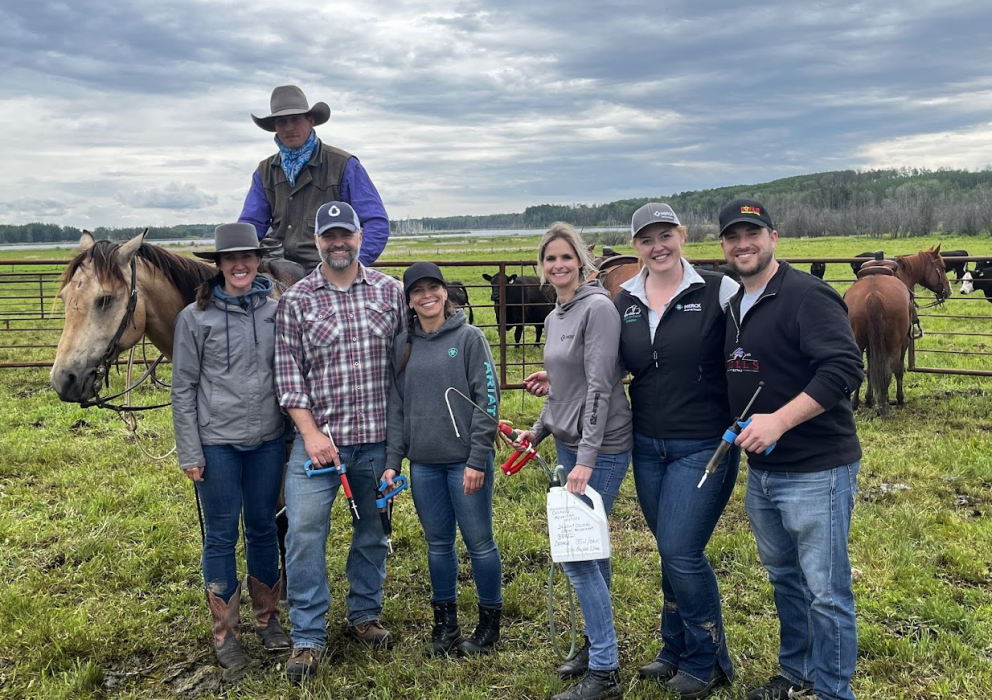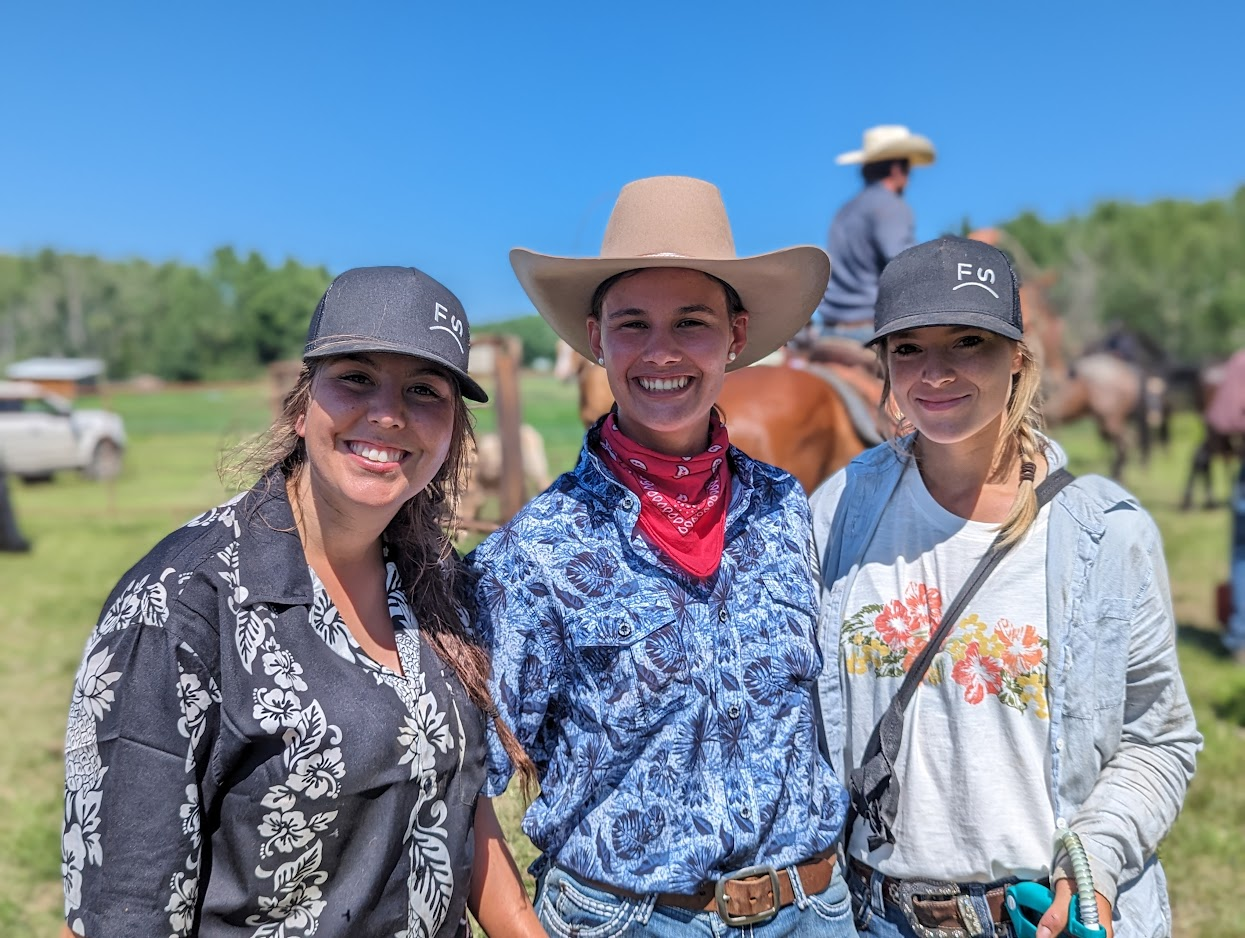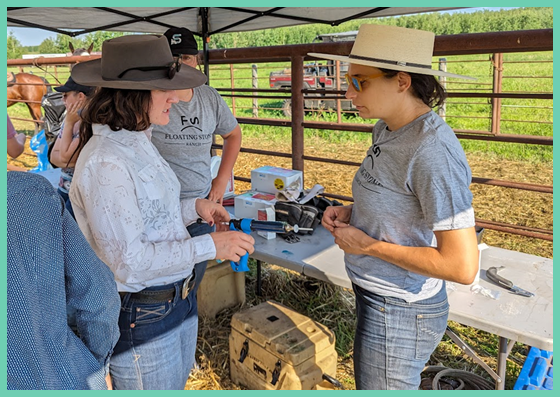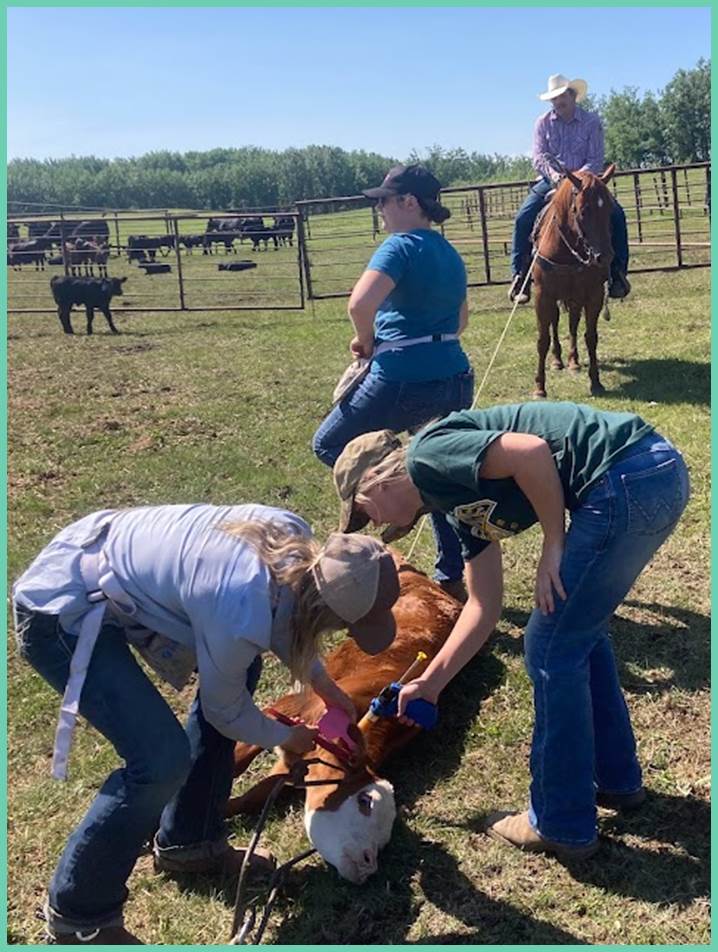You are here
Advancing Veterinary Education Through the Distributed Veterinary Learning Community (DVLC) at the University of Calgary

The University of Calgary, Faculty of Veterinary Medicine (UCVM), is pioneering a unique approach to veterinary education through its Distributed Veterinary Learning Community (DVLC). This innovative program is designed to provide veterinary students with hands-on experience in real-world settings. The DVLC is a distinctive feature of UCVM’s DVM program.
The Unique Structure of the Distributed Veterinary Learning Community
The DVLC is a growing, integral part of the Doctor of Veterinary Medicine (DVM) program at UCVM. Unlike traditional veterinary programs that may focus predominantly on classroom and laboratory instruction, these elective practicum experiences offer (typically) Year 4 DVM program students the opportunity to engage directly with the veterinary community.
A key component of the DVLC is the partnership with local clinics, organizations, farms and ranches where students can learn and apply their knowledge in real-world scenarios.
Students are integrated with the team where they develop skills in clinical case history taking, communication with clients and the veterinary team, physical examinations, clinical reasoning, differential diagnosis development, formulation of diagnostic and treatment plans, case management and all other aspects of veterinary practice in real-world settings.
The DVLC includes partnerships with over 100 veterinary clinics and organizations throughout Alberta and northeastern British Columbia.
The Importance of Practical Rural Experience
Practical experience is a cornerstone of veterinary education at UCVM, and rural, large animal experience is no exception. By interacting directly with producers, students interested in rural practice can gain insights into the complexities of animal health management in agricultural settings. This interaction fosters a deeper understanding of the relationship between veterinary medicine and agriculture, enhancing students' ability to provide comprehensive care to livestock and contribute to the agricultural industry at large.
This approach is crucial for training veterinarians who are well equipped to meet the needs of rural areas and the livestock industry. Consistent with the UCVM commitment to provide veterinarians for underserved rural areas, all students must complete a mandatory 6-week placement in mixed animal practice in a rural community.
Floating Stone Ranch
One such growing community partnership is with the Floating Stone Ranch, which recently hosted first- and second-year veterinary students for a week-long immersive experience. During this visit, students not only learned about the daily operations of a working ranch but also participated in essential veterinary tasks such as animal vaccinations. This hands-on experience is invaluable in preparing students for the diverse challenges they will face in rural veterinary practice.
“Involving students directly with producers helps them understand the challenges faced by cattle producers and their expectations from veterinarians. This exposure enriches the students' industry understanding and fosters a sense of kinship and camaraderie. Ultimately the experience bridges the gap between academic learning and real-world application, preparing them for future roles as large animal veterinarians.” - Dr. Natasha Kutryk
Camping with the ranch crew and participating in daily operations allowed students to experience the realities of rural veterinary practice, including the challenges and rewards it presents. This exposure is critical in developing the skills and confidence the next generation of veterinary professionals need to succeed in rural roles.


Further Reading & Resources
The DVLC page at UCVM is still under construction and will be linked here when available.
W.A. RANCHES | Faculty of Veterinary Medicine | University of Calgary
Contact UCVM for more information.
| Attachment | Size |
|---|---|
| 2.31 MB |


